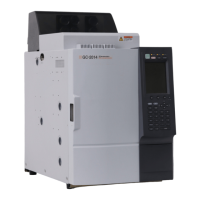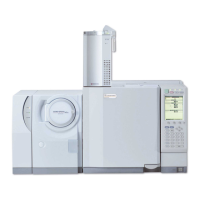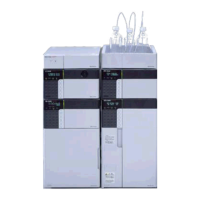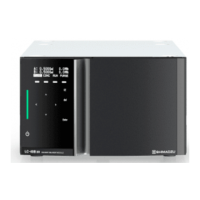Safety Precautions
VI
WARNING
WHEN USING HYDROGEN GAS
• Be sure the supply pressure to the flow controller does not exceed 500
kPa. If the flow controller should malfunction while operating at a pressure
in excess of 500 kPa, a large amount of gas will overflow and flames will
leak out from the FID detector, which may lead to a serious fire.
• Be sure to ventilate the work area so that any leaking hydrogen is vented
out of the room and cannot accumulate. Hydrogen gas is lighter than air
and if it leaks, it can accumulate near the ceiling.
WHEN USING HYDROGEN AS A CARRIER GAS
1. Be sure to discharge exhaust from the TCD vent and the ECD vent (If
capillary columns are connected, exhaust from the split vent and from the
purge vent) to open air or ventilation equipment such as a draft chamber.
This is to prevent accumulation of hydrogen gas in the work area. If a
large amount of hydrogen is exhausted in an inadequately ventilated
room, it could lead to an explosion.
2. Be sure to install a hydrogen gas sensor in the work area to measure
hydrogen gas concentration and keep the hydrogen concentration low.
CAUTION
GAS PIPING
DO NOT set a gas inlet pressure that exceeds the allowable maximum
pressure range described in the instrument’s manual.
If pressure is applied that exceeds the specification, the pressure regulator
valve, etc. may be damaged.
GAS SUPPLY PRESSURE
• Be sure to verify the pressure specification of each device when using
the GC and sharing a single gas source with other devices.
• Be sure to specify a supply pressure that meets all specifications to
provide adequate supply of gas to all connected devices.
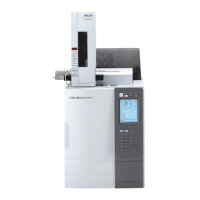
